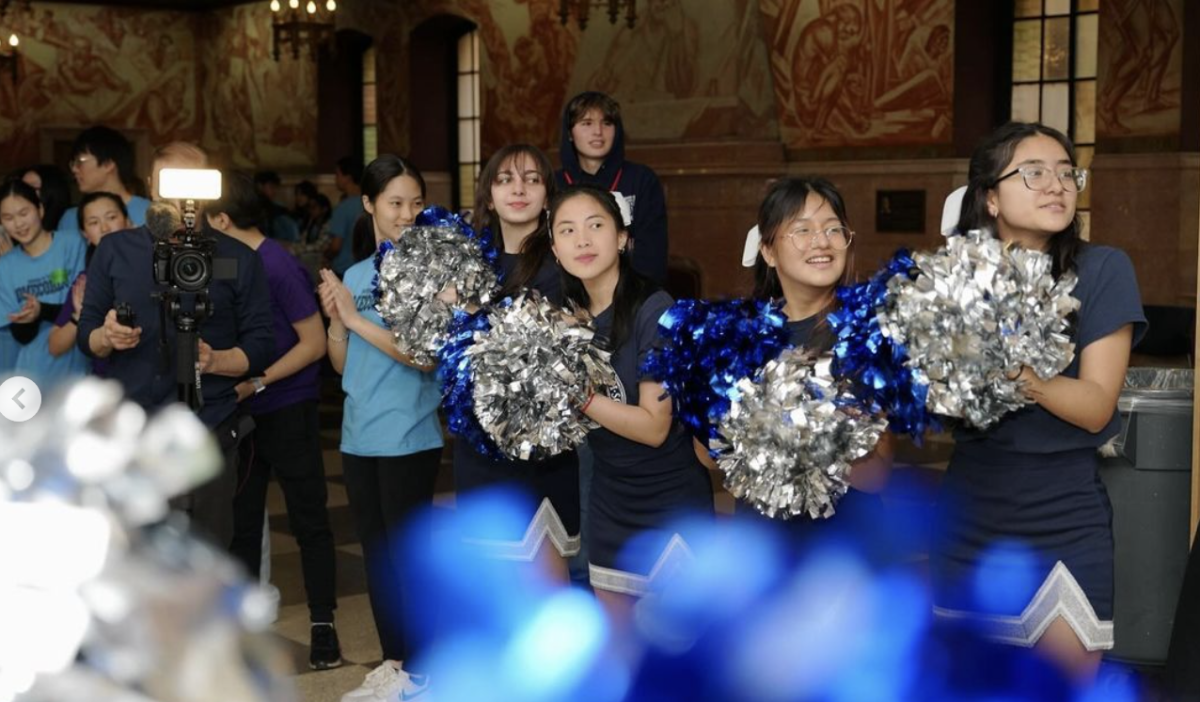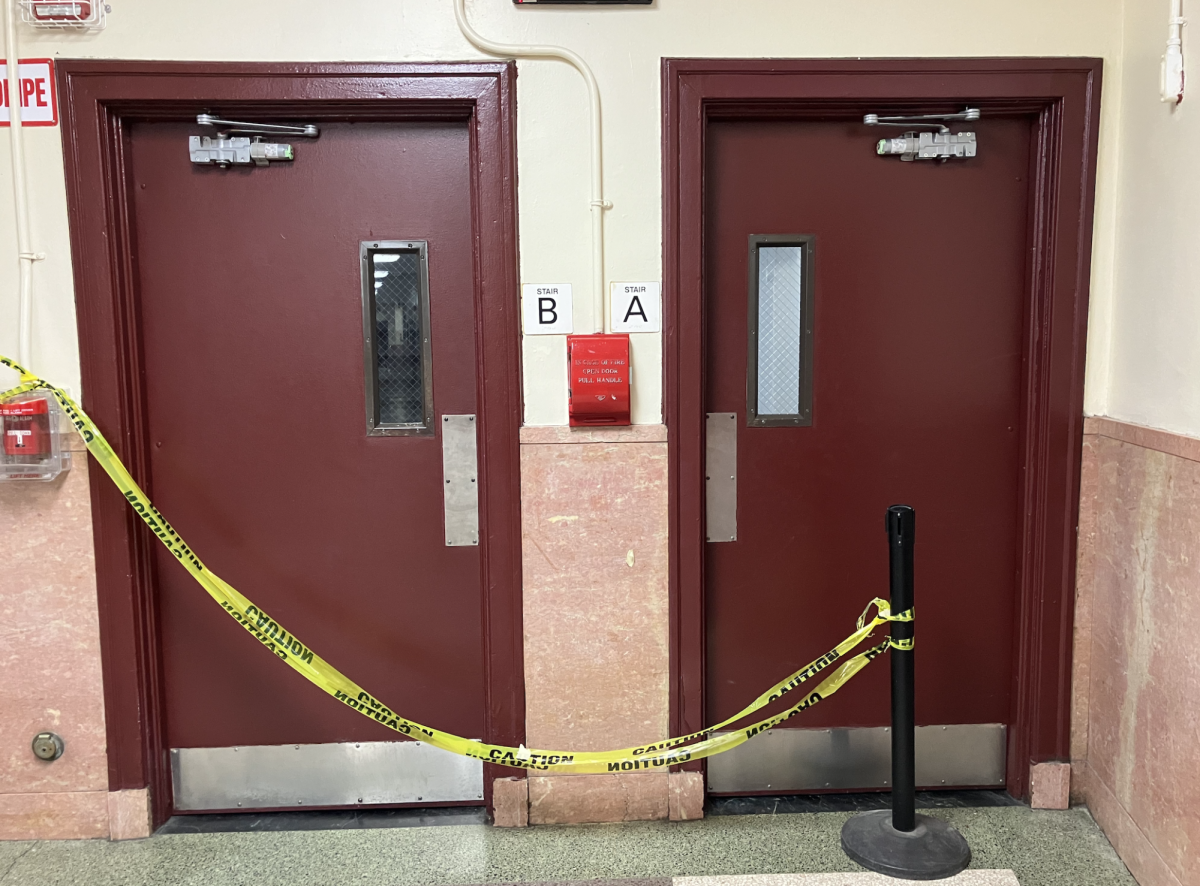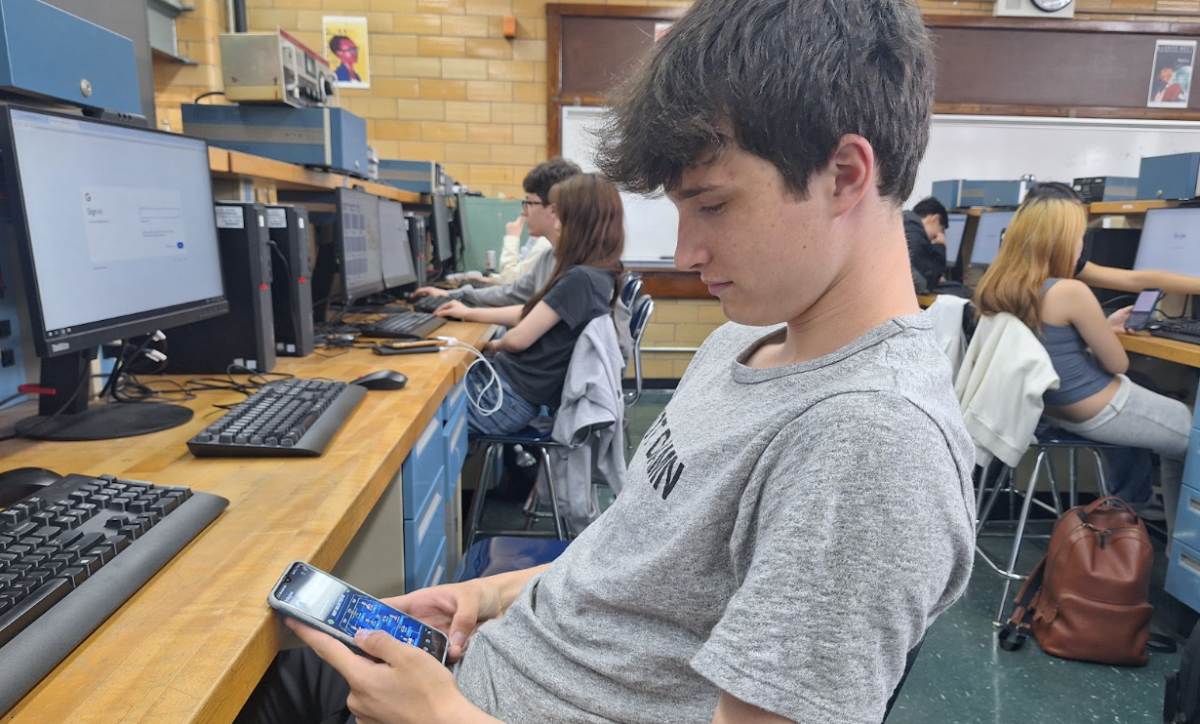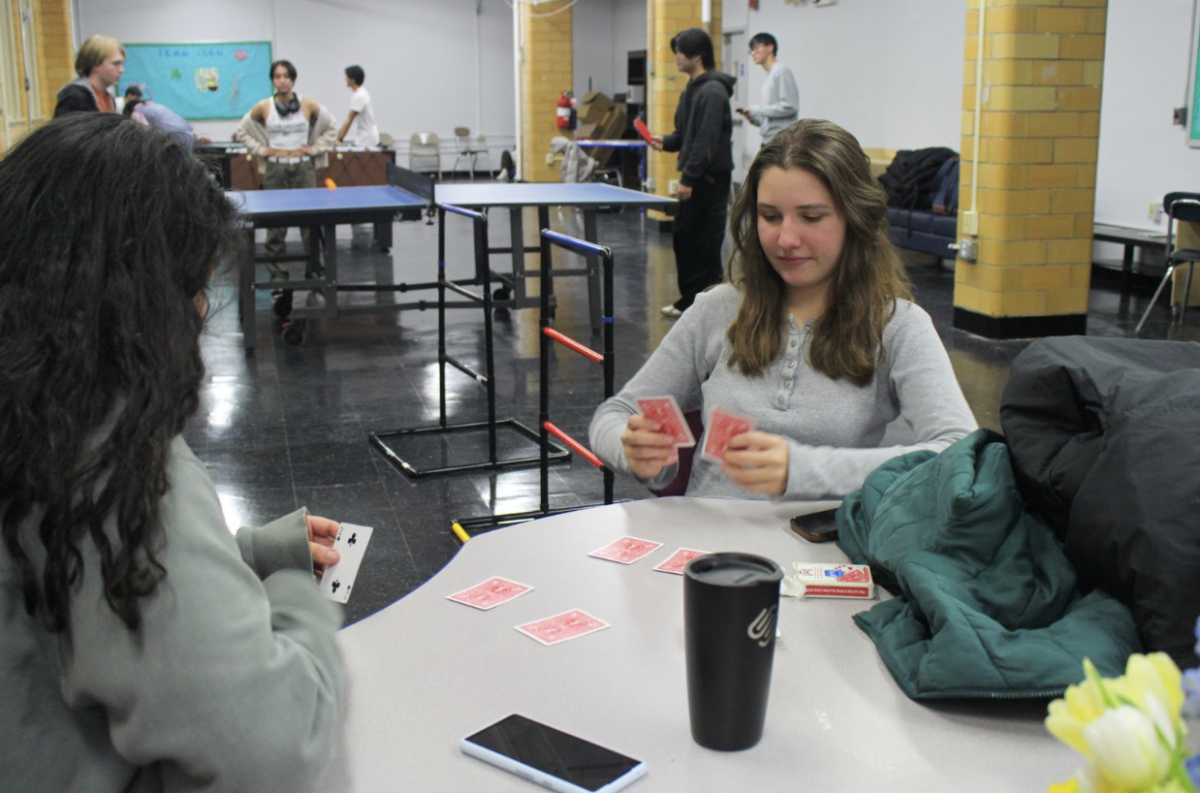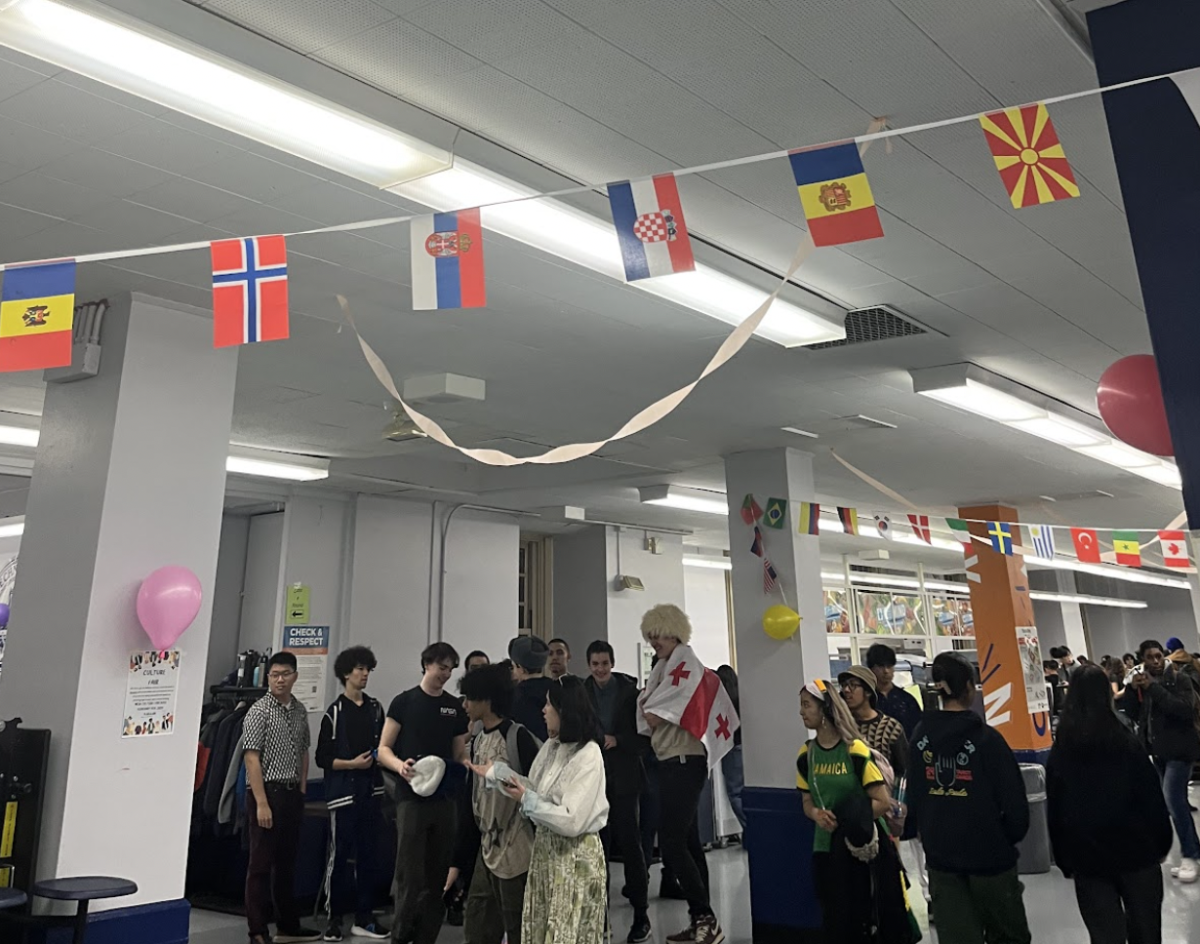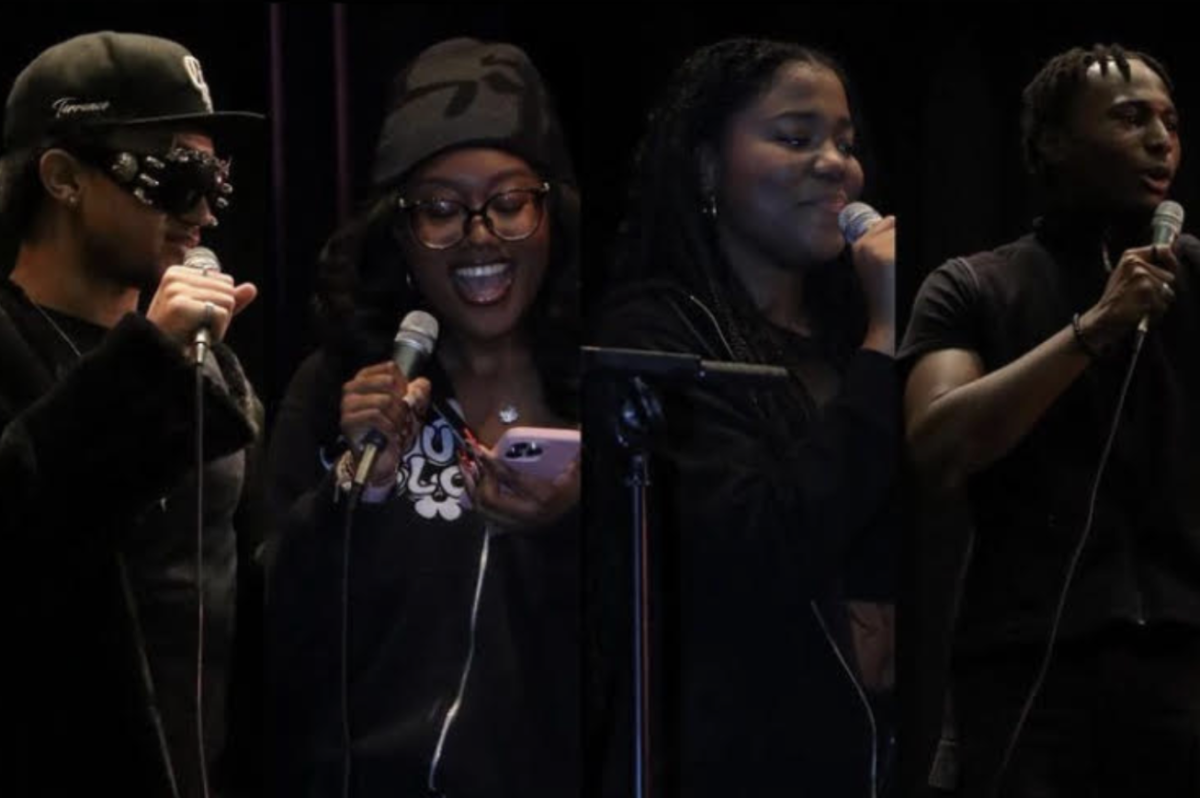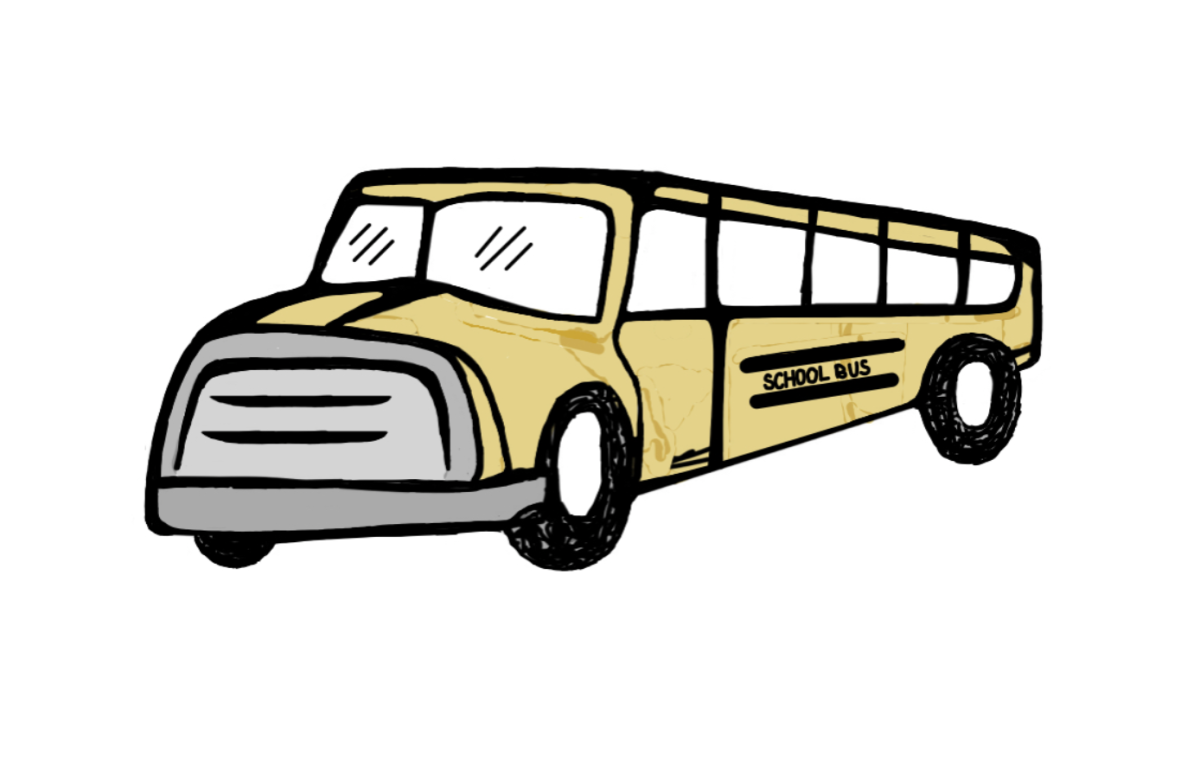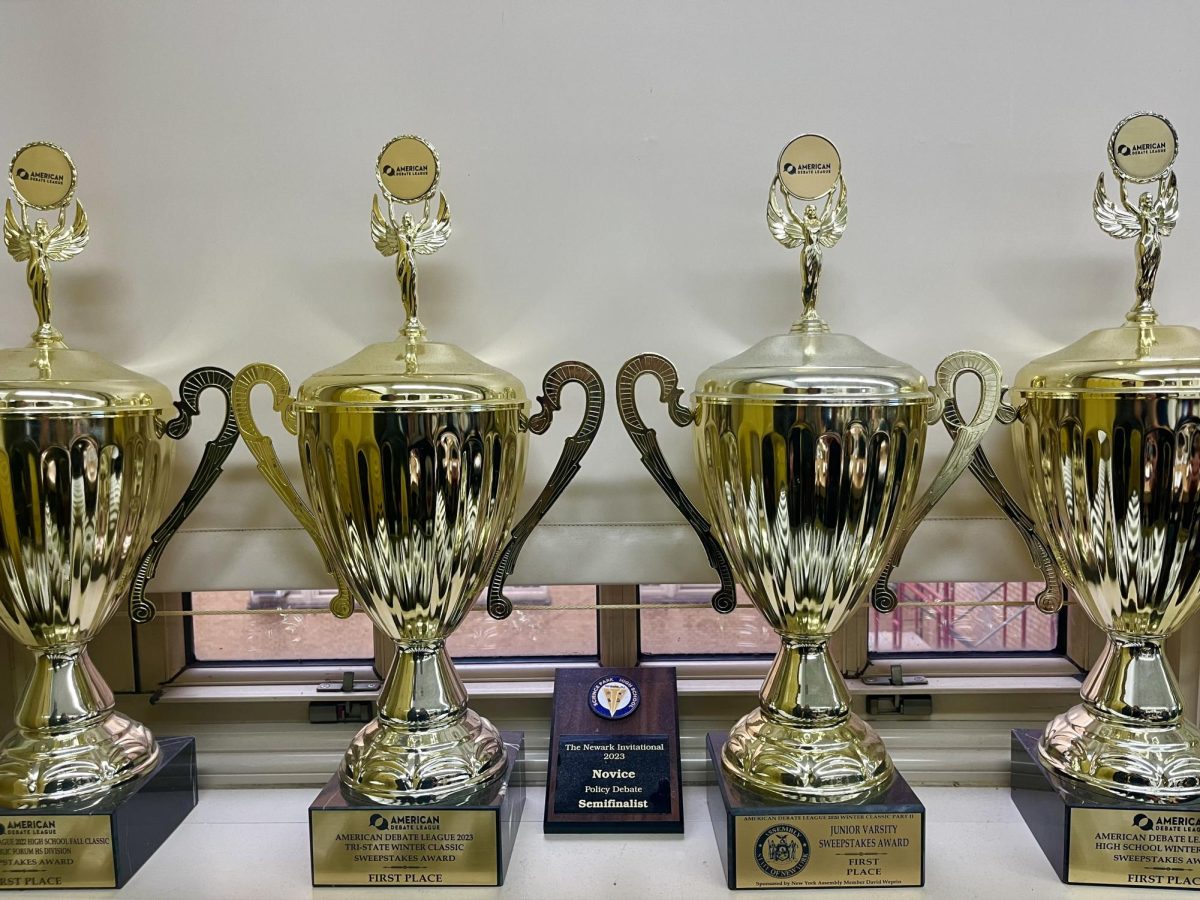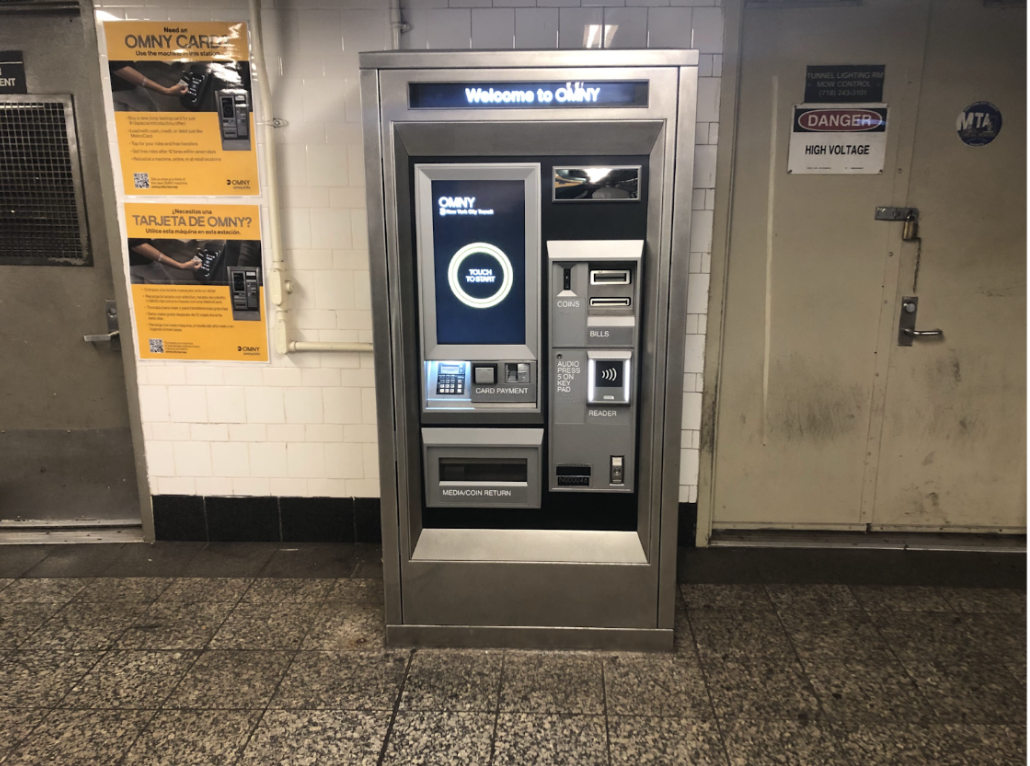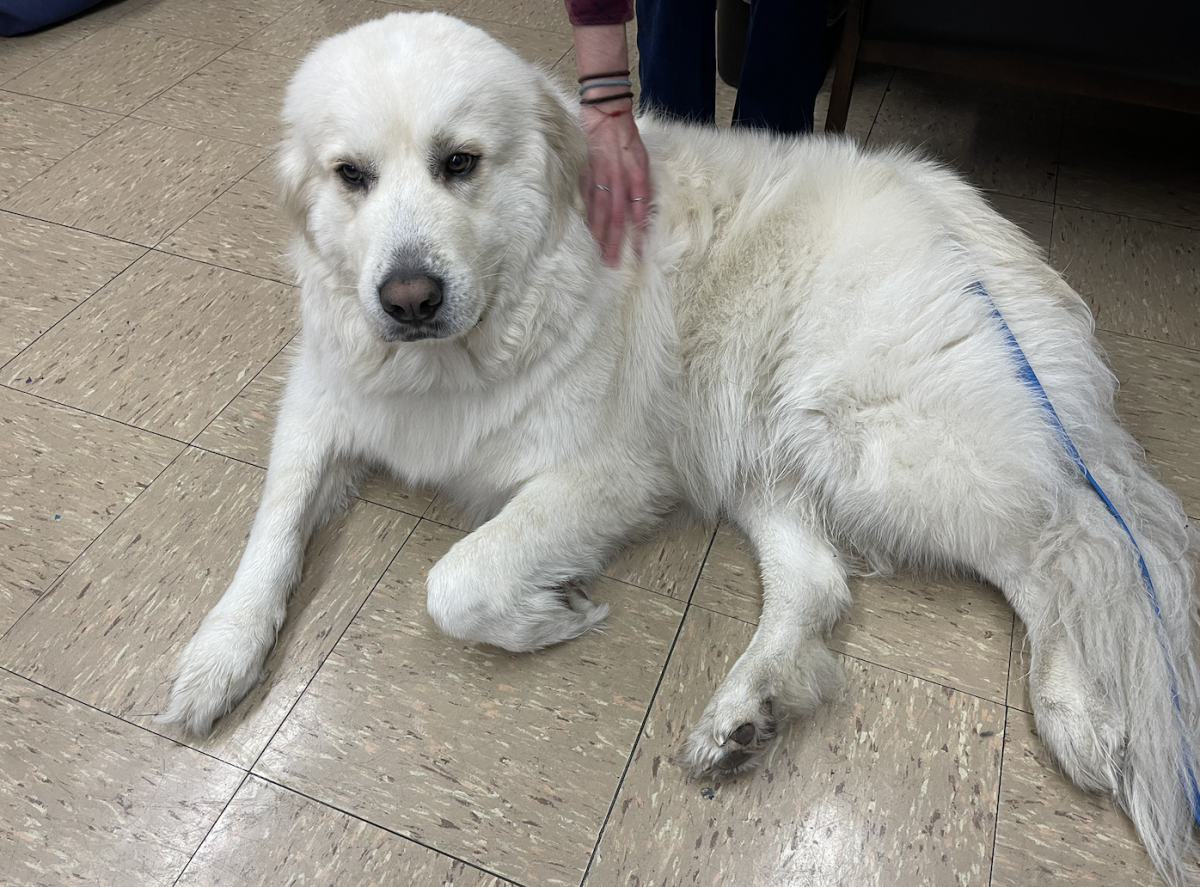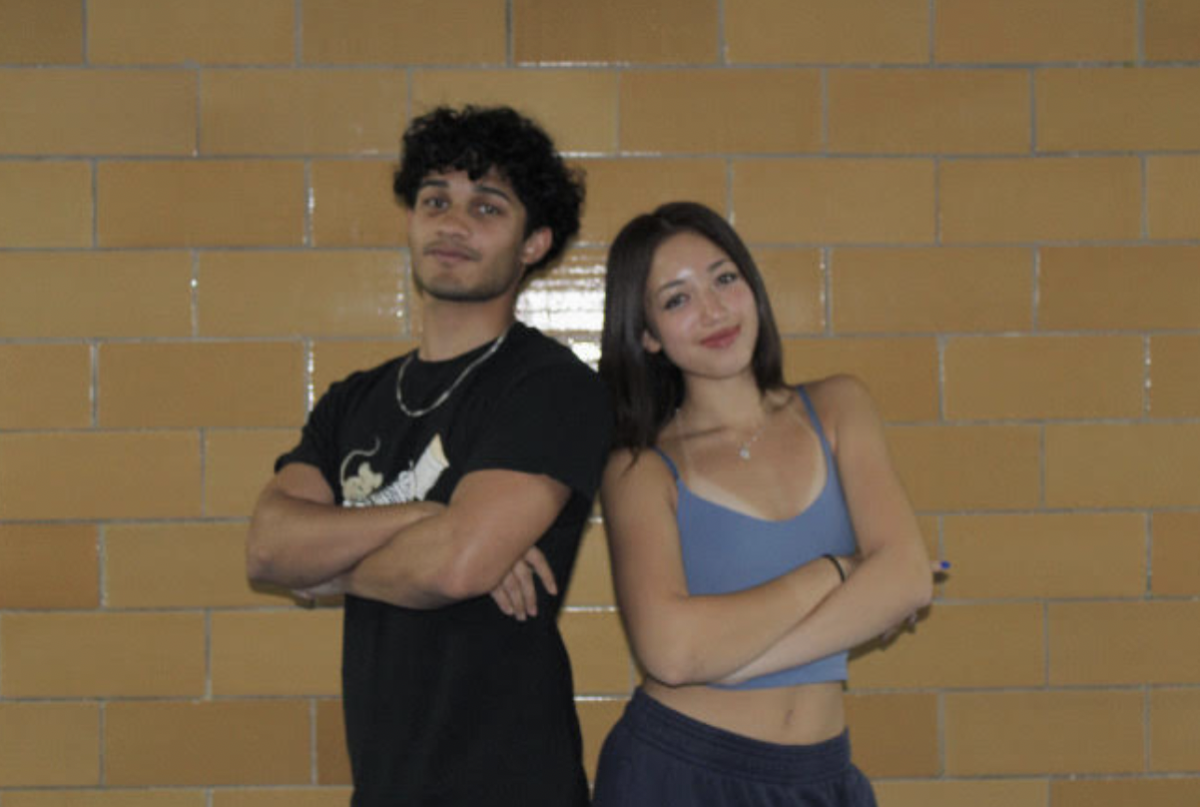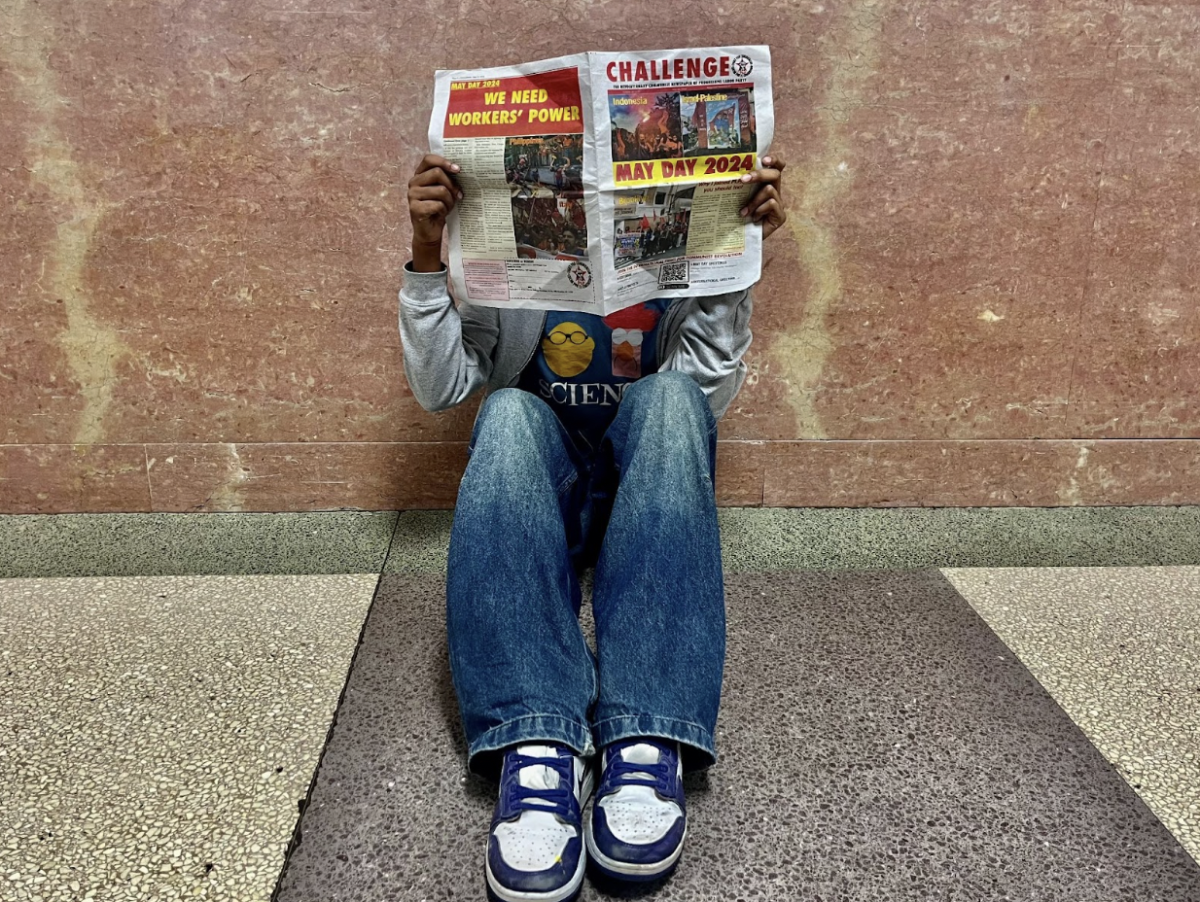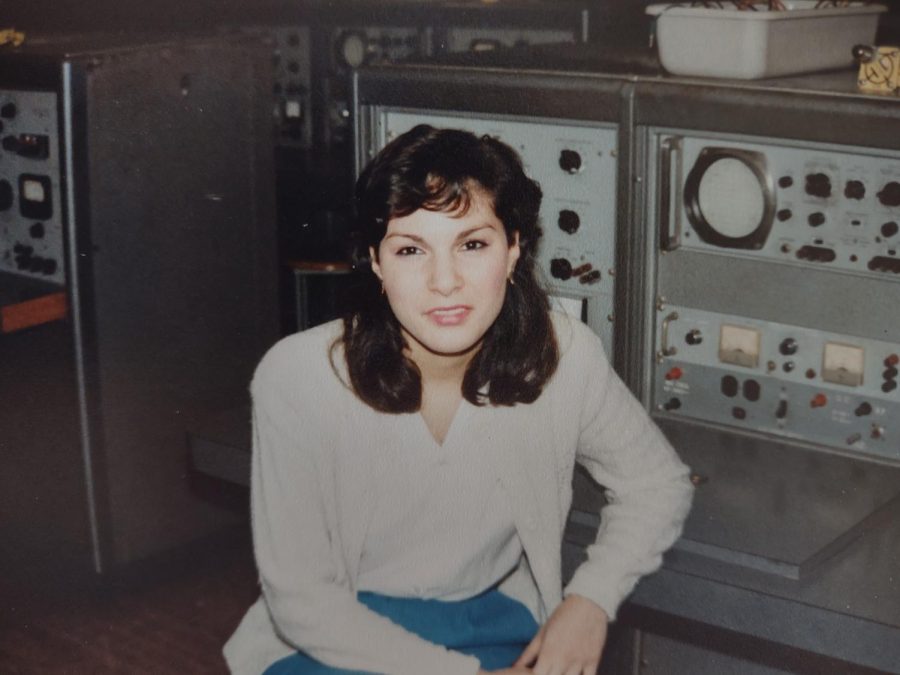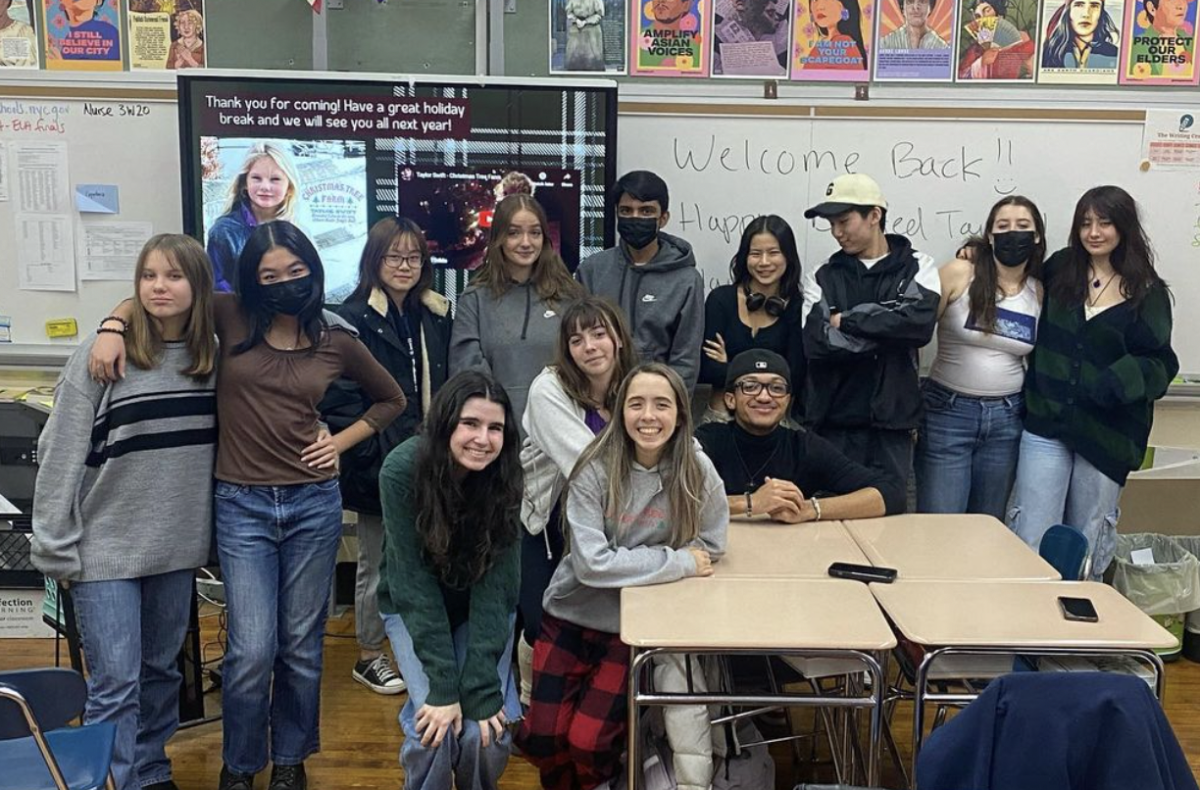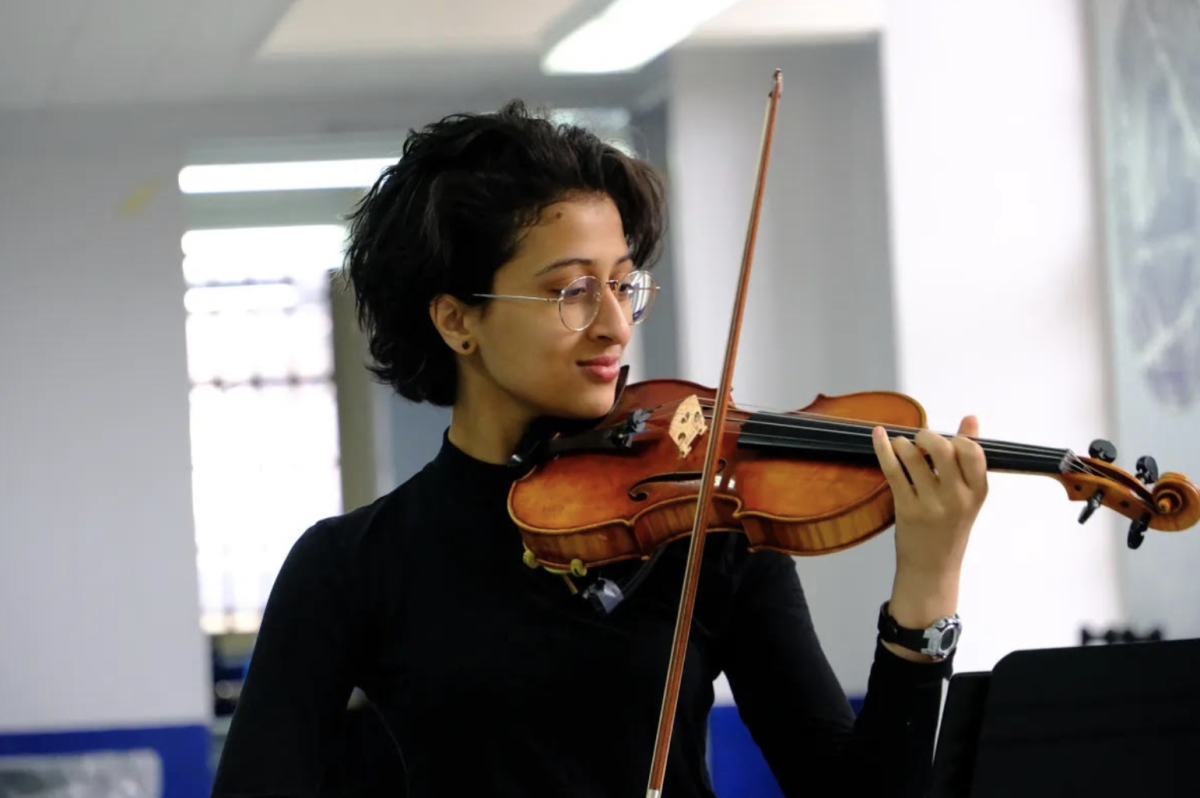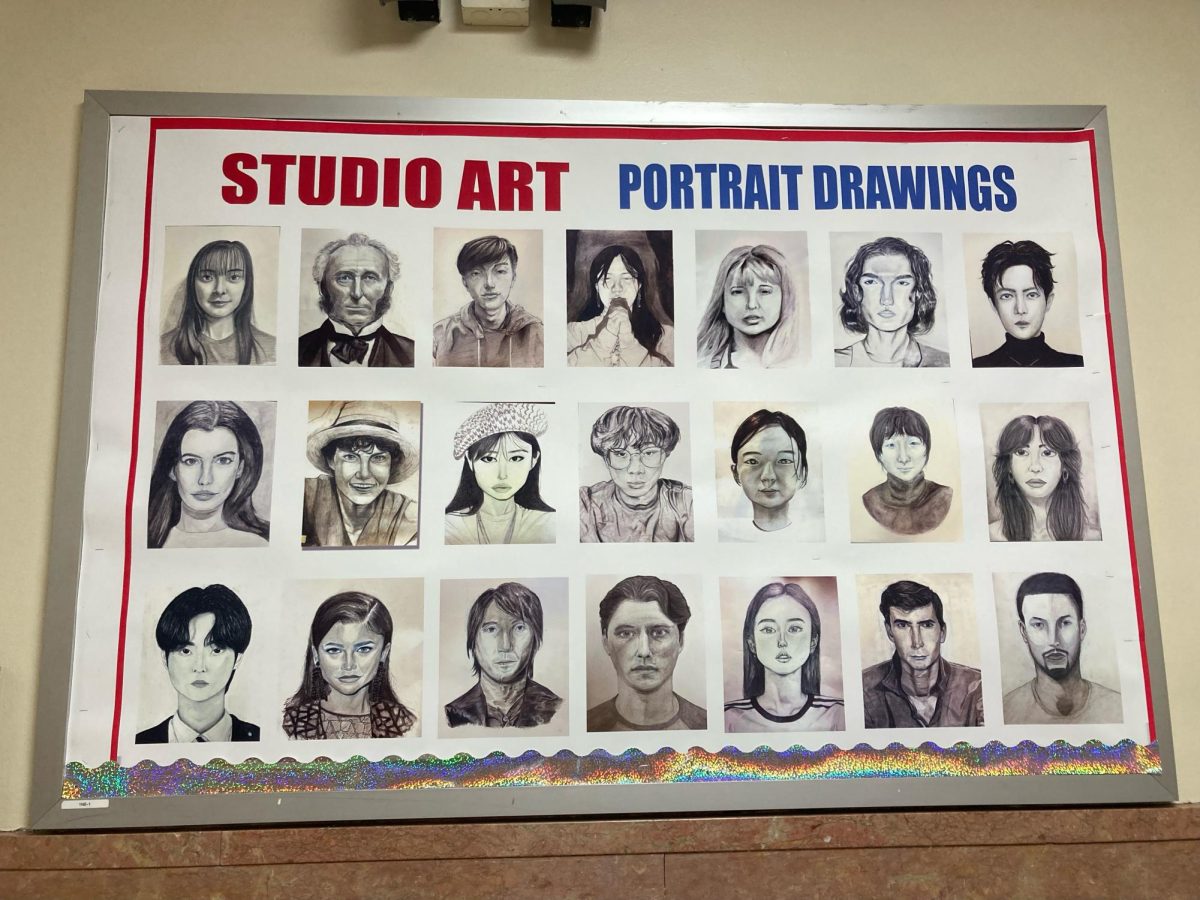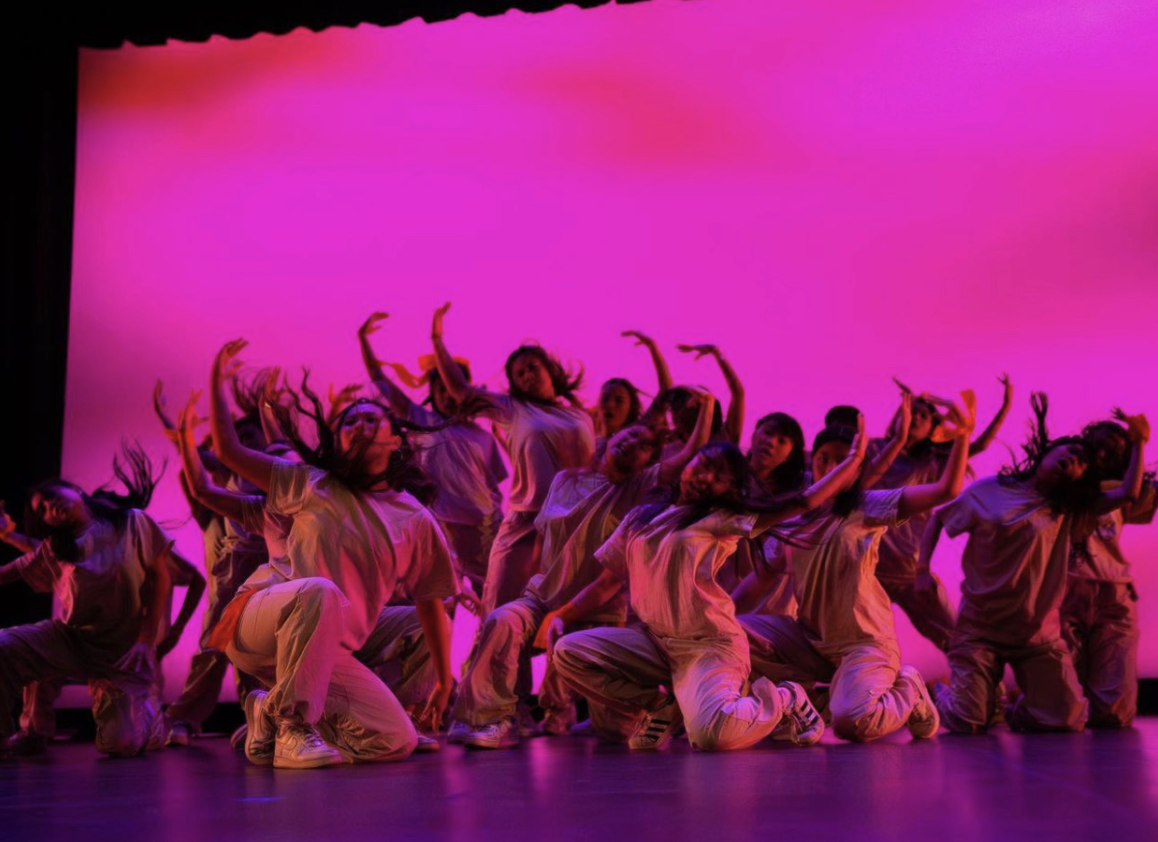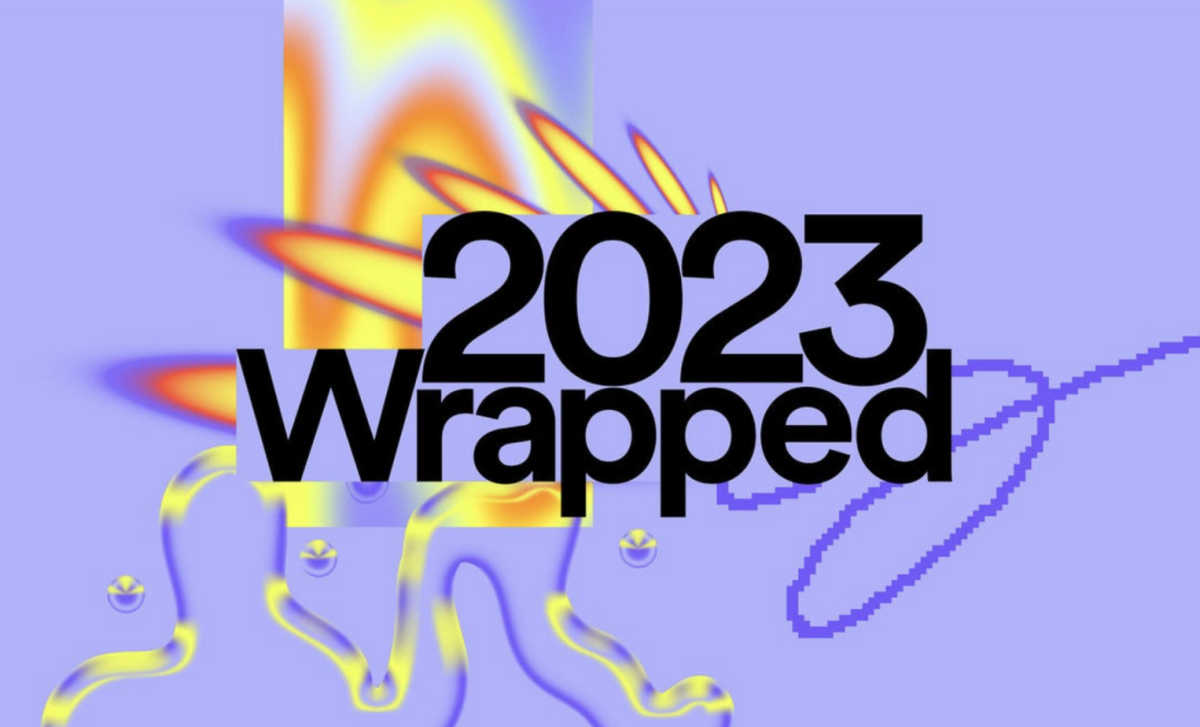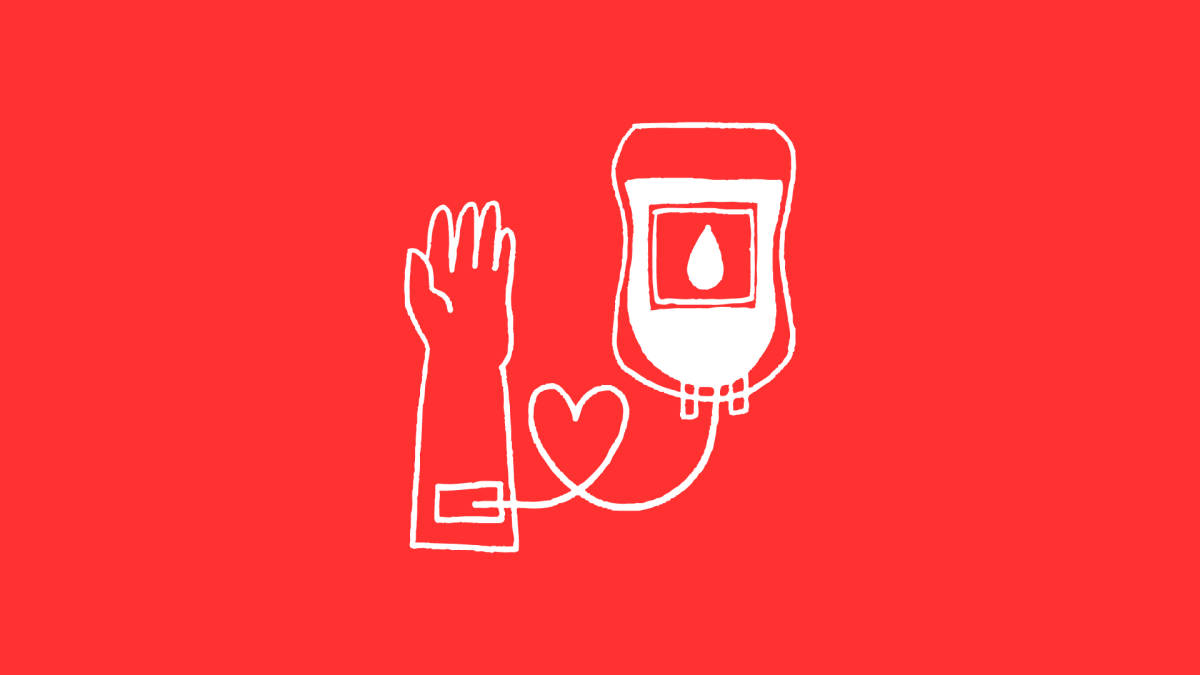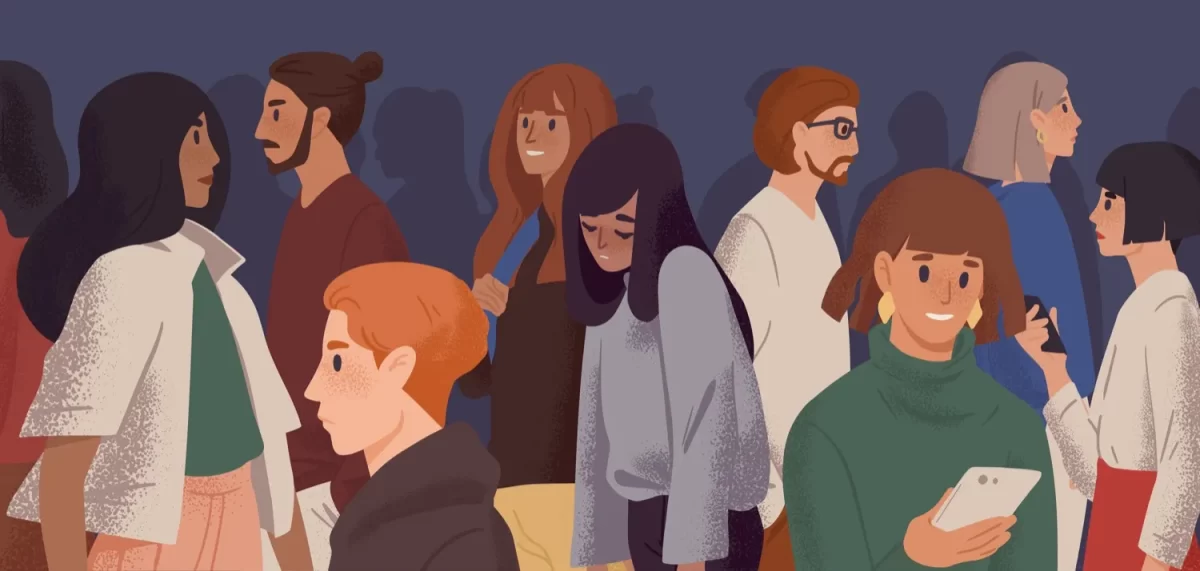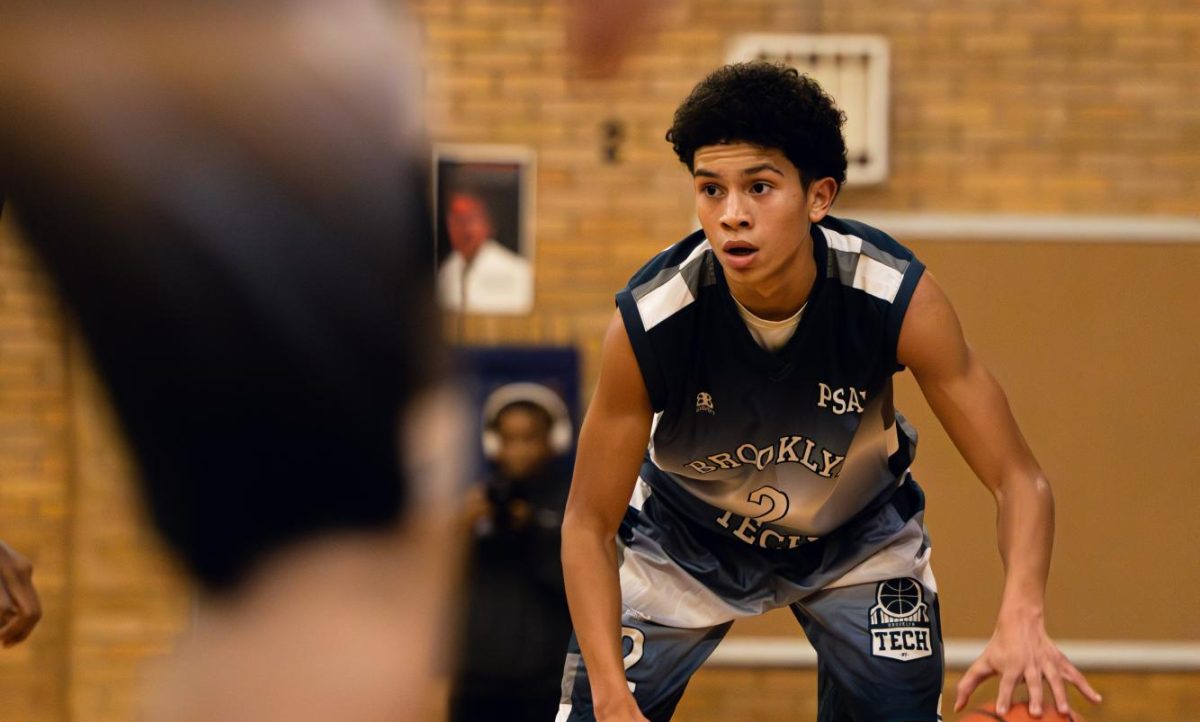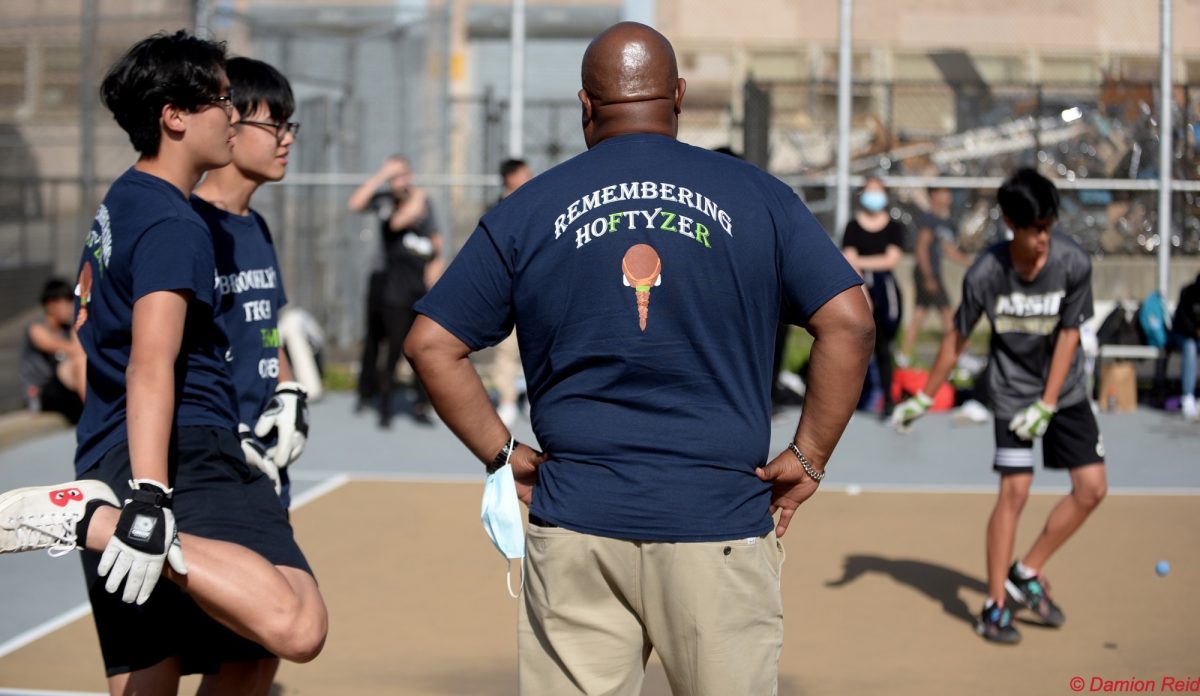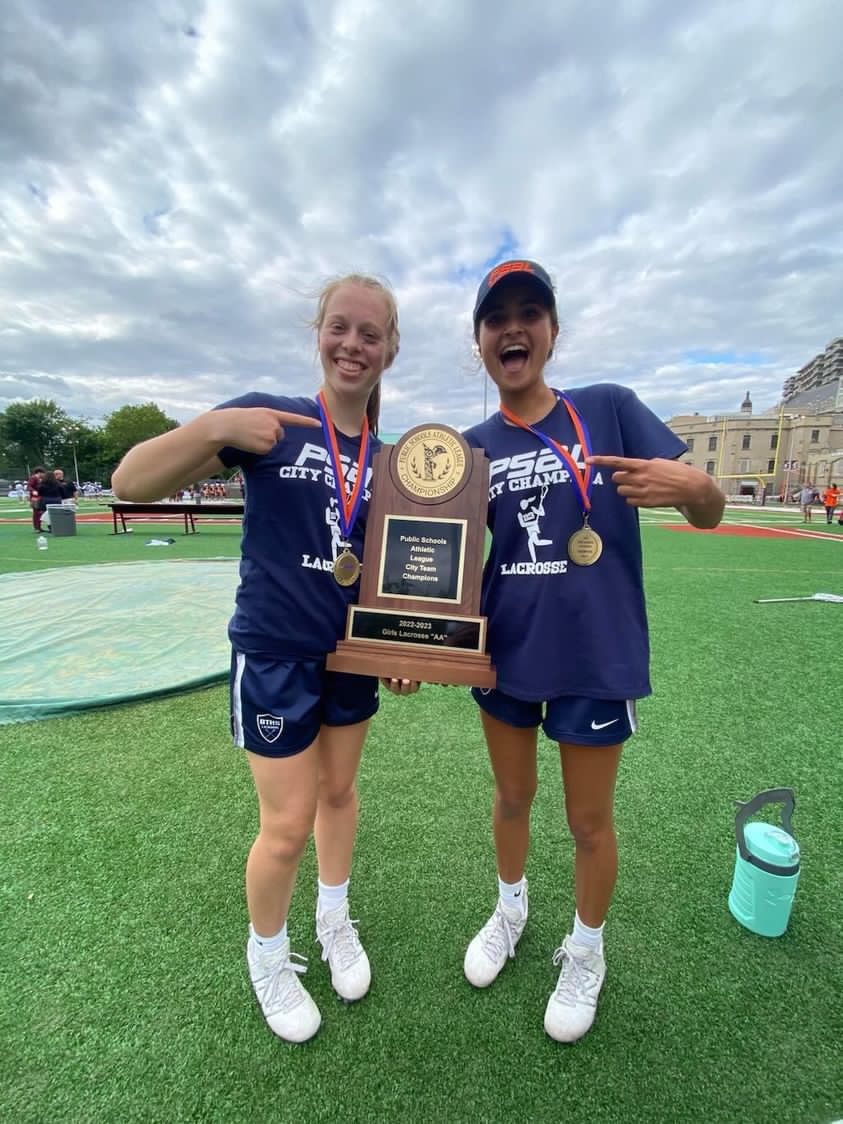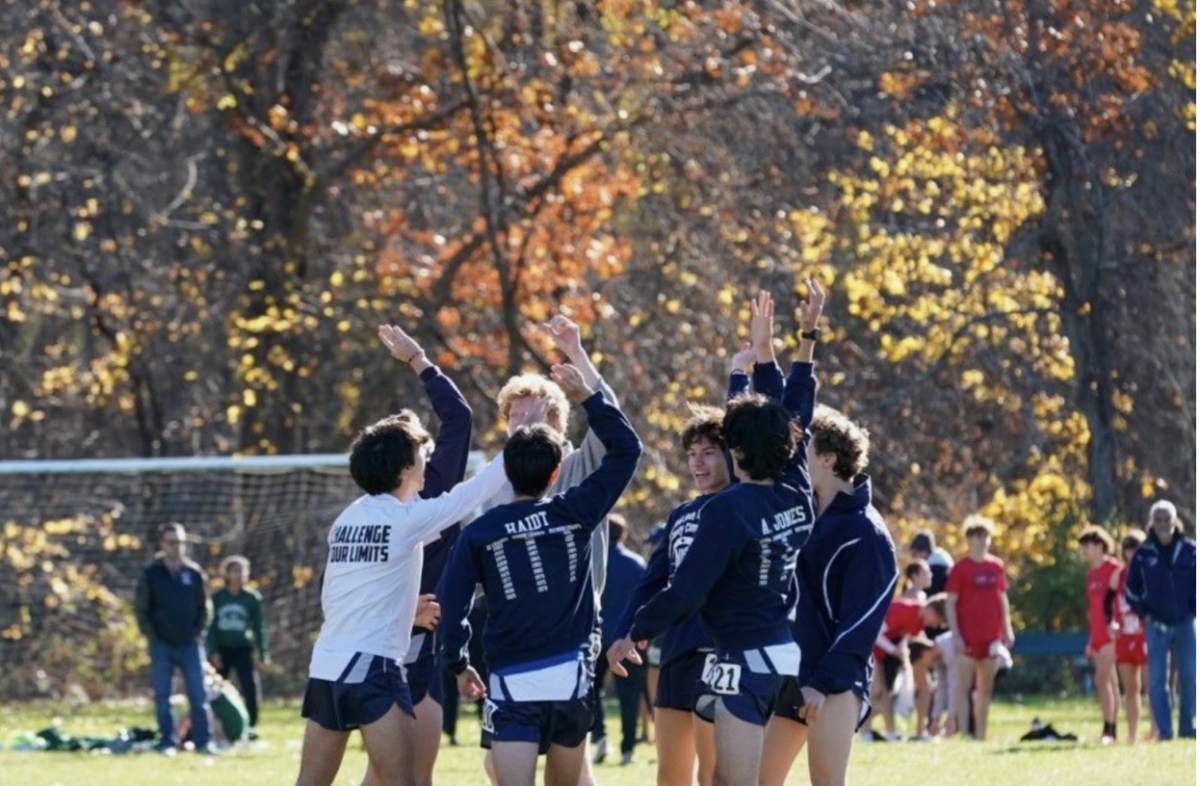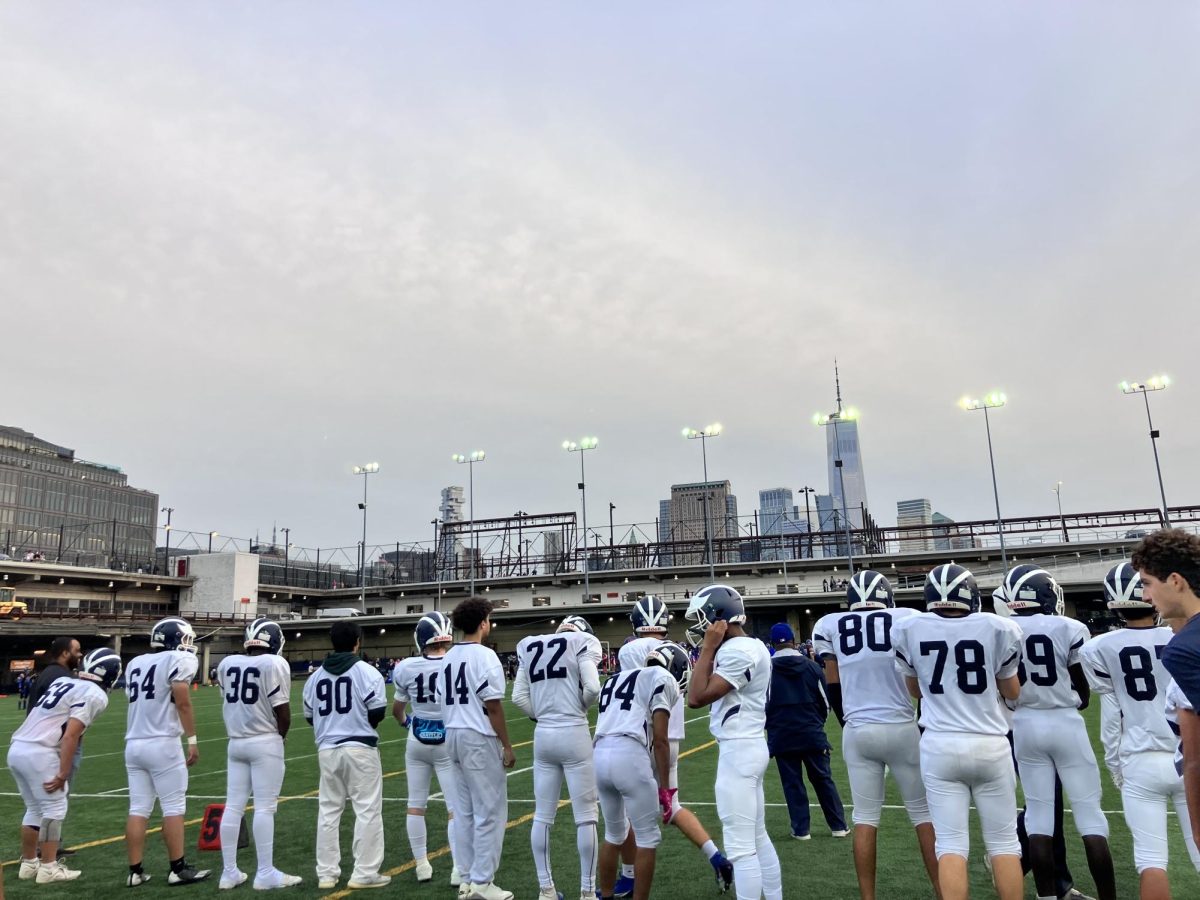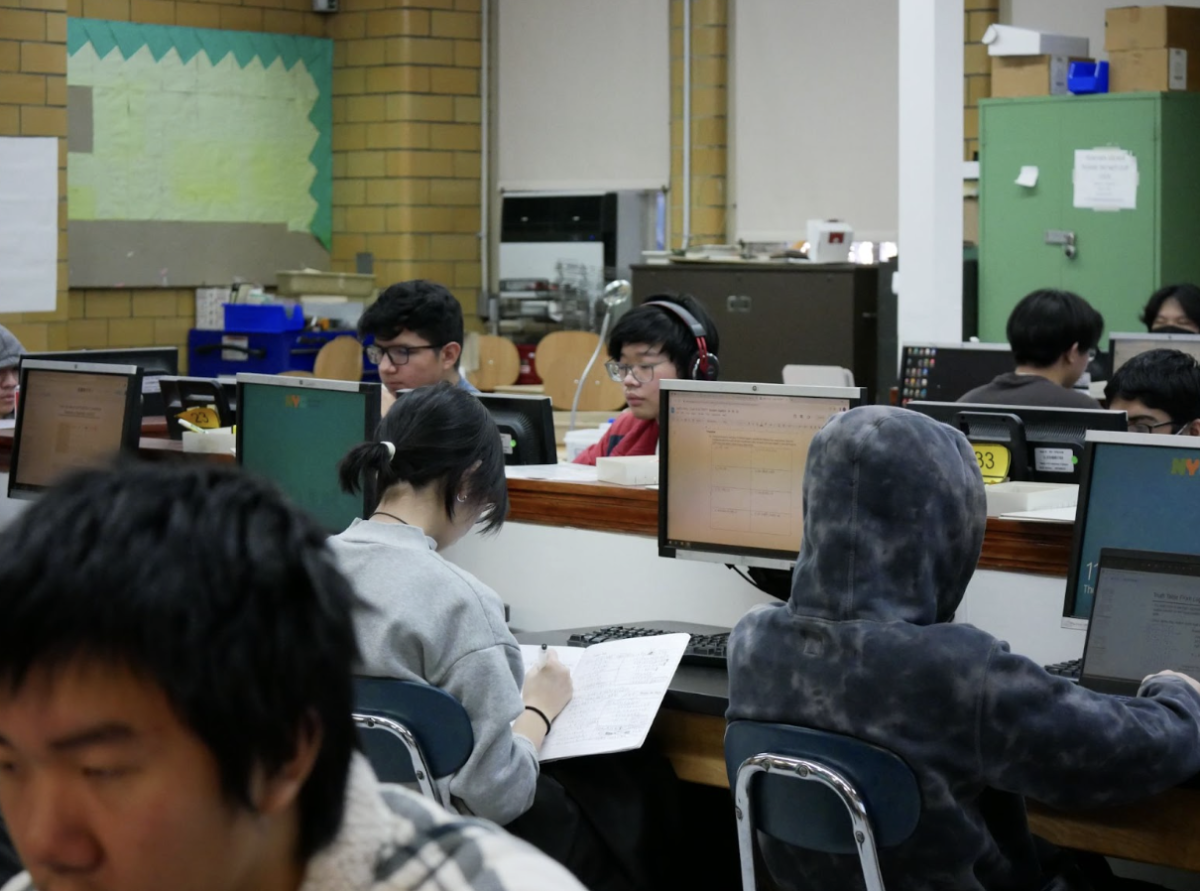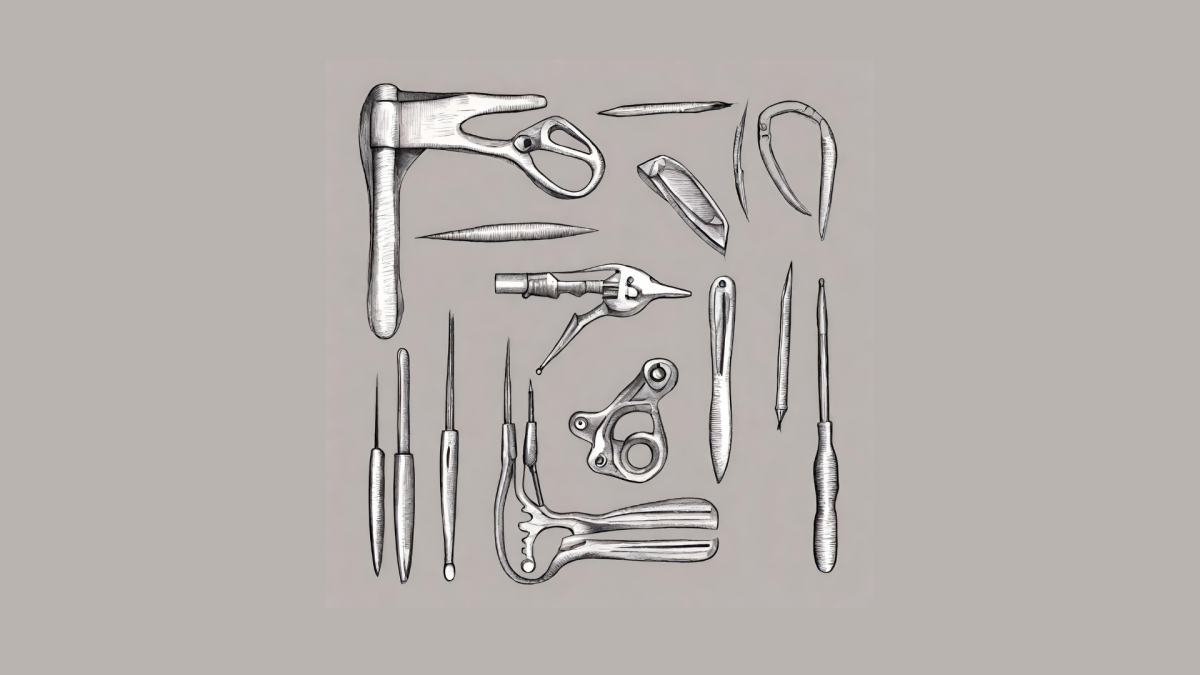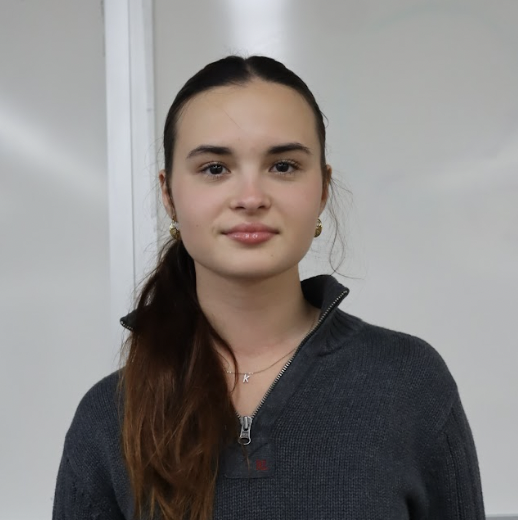As seniors in the Software Engineering major entered their major classes in September, female and gender-nonconforming students found themselves to be a distinct minority in their male-dominated sections, a major contrast to the previous academic year.
At Tech, the student population is approximately 40% female and 60% male, and this gender gap is even more pronounced within STEM majors, particularly engineering.
Although Software Engineering is the largest major at Tech, with eight sections per grade, it ranks only third in the number of female students. While that ranking has improved from previous years, the gender disparities in engineering-related majors persist.
Because females are a distinct minority in the Software Engineering major, the CTE (Career and Technical Education), Computer Science & Engineering Department proposed consolidating female juniors in the major into a select few sections, creating a more equal gender ratio for at least those classes.
Mr. Newman stated, “It seemed that we could make it so there were about 40% girls and 60% boys in a number of classes, making it [seem] on the surface something to try.” Despite the plan’s good intentions to foster gender balance, it also led to the formation of four all-male sections during the 2022-2023 school year.
This decision was reversed for the 2023-2024 school year due to a change in DOE policy concerning gender inclusion, meaning that females in Software Engineering are once again the minority in their classes. The experiences of students in the equal-ratio and all-male junior Software Engineering sections during the past school year prompted discussion in the school community.
Students within the major expressed varying perspectives on the decision. Many female students commented that computer science classrooms with more female-identifying students felt more comfortable for them, and others noted that the all-male classes didn’t have as much of a social environment. Some students argued that programming classrooms to have a more representative gender ratio felt artificial, given the context that computer science and engineering are male-dominated fields. Others shared the sentiment that this unrealistic experience in the classroom hindered the long-term benefit it had intended to have.
In her junior year, Software Engineering major Ashley Leung (‘24) was placed in a more equal-ratio AP Computer Science A (CSA) class (the major requirement for junior year) in the past school year, and She recognized that last year, although the equal-ratio class created a much less isolating environment for her, it was not a natural environment. “I personally enjoyed being with more girls, but I feel like the sections that had entirely no girls had a weird experience,” she said. “I don’t even think they realize how that affected them because they got so used to working in a [computer science] environment that has no girls.”
Wafa Berri (‘24), another Software Engineering major who experienced the equal-ratio class echoed Leung’s sentiment, stating, “Comparing last year and this year made me reconsider whether I wanted to go into the field because I know last year was very artificial.” She continued, arguing, “ [programming classes by gender] was fair,” but also pointing out, “it was probably bad for a lot of other people who were in [all-male] classes.”
Despite the magnitude of this decision, it was not communicated to the school community, leaving many to figure out what had occurred as classrooms filled on the first day of school. “I showed up last year as a teacher, and no one had told any of the teachers or students that this was going to happen, that we were going to segregate the sections by gender,” said Mr. Quincy Holmer, an AP CSA teacher.
Ms. Shaina Doherty, a teacher for Digital Electronics, a senior year requirement for the Software Engineering major, and the advisor for the BTHS chapter of Girls Who Code, corroborated this lack of communication, sharing, “I didn’t even recall having conversations with my coworkers about any of that happening.”
Although the programming decision was intended to uplift female students in computer science environments, it failed to consider the comfort of gender-nonconforming students. Di Curinga, a gender-fluid senior in the Software Engineering major, was placed in an all-male class in his junior year. Not only did he find the classroom an uncomfortable environment, but “[I]t really was not pleasant when it felt like a big reminder from the DOE that I was not a girl, and I could not be a girl.”
Phoenix Thorwall (‘24), a non-binary student in the Software Engineering major, was not placed in an all-male section but stressed that they would have immediately requested to transfer out if they had been. In describing their experience in the major, Thorwall said, “Last year, I had the privilege of being with a bunch of approachable, kind people. And then this year, I guess there is a part of my bias where there is a stigma to asking men for help.”
The all-male classes were also unsettling for many of the students and teachers. “Other students would make jokes about how it was an all-boys section…and so there were, you could argue, more toxic jokes because of the policy than there would be if there had been even just a few girls in the section,” Holmer described.
There was a similar view among many of the female students in the Software Engineering major. Berri elaborated on how she didn’t believe the culture within the major to be a frequently discussed topic, saying, “I felt [like] everyone [was] probably being dramatic about this major system and how male-dominated some STEM majors would be…but I’ve seen it more times than I would like to where a guy just thinks so lowly of you.”
Recently, the NYC Department of Education (DOE) implemented new policies regarding gender diversity in classrooms that prevent single-gender classes. The DOE Guidelines on Gender Inclusion state, “Schools must be mindful that inappropriate gender segregation may result in isolating students, hindering diversity, and/or perpetuating gender stereotypes.” For this reason, the guidelines elaborate, “the DOE prohibits single-gender vocational classes…[with the] primary purpose of preparing students to pursue a technical, skilled, or semi-skilled occupation or trade.”
As a result of these policies, Tech has reversed the programming decision, once again making the now-senior female students in the Software Engineering major a minority in their major classes.
Berri remarked, “I definitely enjoyed last year way more. I felt a greater sense of community and…everyone was more connected. [This year] I only talk to the few girls that are in the class, and that’s basically it…And it doesn’t help that everyone from those all-male classes probably already knows each other and is more likely to be in the same class now. And so I feel bored and kind of left out.”
Thorwall further described the consolation that they felt as a non-binary student in a more equal ratio computer science environment during their junior year compared to their senior year. “I was very comfortable. I thought it was very nice… Compared to this experience, there isn’t that sense of ‘everyone has to belong.’ I feel like there’s a lot more people doing independent work.”
Many of the male students also commented on how the segregation had affected their learning experience. Dorian Castro, a senior in the Software Engineering major who had been placed in an all-male AP CSA class, pointed out a monoculture in his former classroom, explaining, “If there are too many guys in the class, we start to get toxic; everyone’s expected to be able to learn everything. I think if we had more girls in the class, that notion would’ve started to disappear.” Not only did the all-male environment normalize an engineering space without female students, but it also reinforced stereotypes of male students as more proficient and deserving to fill STEM spaces. The all-male environment also limited collaboration and the possibilities of students learning from new perspectives and levels of knowledge.
Daniel Lee, a senior in the Software Engineering major, was placed in an equal-ratio class his junior year and also noticed this treatment in his class. “Last year, I feel like nobody really asked the girls for any help. Everyone always asked all the guys that were doing well in the class.”
Mr. Holmer also noticed this trend, explaining, “If you think that girls and boys are different enough that you would want to have segregation, then those boys are missing out on the advantages and the benefits that girls bring to the classroom.”
This division of the Software Engineering major was not the school’s first attempt to try and alleviate the unequal gender ratios in computer science settings. Ms. Doherty explained that when Digital Electronics was a mandatory class for all sophomores, before being replaced by AP Computer Science Principles (CSP), there was also a year with a female-only section. Many noted a different culture in this section, finding that students were able to more closely bond with their teachers.
The issue of a lack of women in the Software Engineering major at Tech, as well as other STEM majors, is still one yet to be resolved. Engineering as a field, in general, is well-known for its unequal gender ratios, which is demonstrated through the major choices and distribution at Tech. Leung voiced her viewpoint, “The school doesn’t really do anything about it at all. They just let it be a problem. Maybe our school is a bit sheltered, but this topic is not spoken about enough and it’s obvious that our school has an unequal gender distribution in engineering majors.” Although the gender distribution at Tech and within majors is not caused by Tech’s administration, more can be done to reduce the sharp gender gaps, especially since Tech is a STEM-focused school.
Many students expressed their thoughts on how to make the major more inclusive and welcoming to women. Leung suggested that more group work should be implemented in classrooms because of the emphasis on collaboration in the computer science field, as well as to help prevent isolation and curate a community in the major sections. She also noted that many laptops in the building have been replaced with monitors and servers, which can create a physical isolator due to the inflexibility of these devices.
Mr. Mark Rodriguez, the Assistant Principal of Engineering, Technology, and CTE, admitted that the transition from laptops to desktops and monitors did have physical trade-offs, but it was ultimately the more cost-effective and efficient decision in the long run. However, he sees other opportunities to encourage interaction in classrooms. “One of the things I’m looking forward to is modernizing our furniture,” he said, describing how the structure of a room can impact the student environment and community, which is particularly important in a major as collaborative as Software Engineering.
Mr. Rodriguez also emphasized that balanced gender representation should be displayed in the AP CSP curriculum to promote a more well-rounded perspective of the computer science field and motivate more female students to turn to Software Engineering. As a required class for all sophomores, AP CSP shapes many students’ first impressions of computer science at Tech. As Mr. Rodriguez commented, “[AP] CSP is something I’m really looking into…It needs some work. [I want to] make sure that people are having a more diverse experience.”
Ms. Doherty emphasized the importance of student input in these major-spanning decisions, saying, “I think conversations with the students before these decisions are made might be helpful.”
Regardless of curricular choices, it is important for female and gender-nonconforming students pursuing engineering fields to continue following their passions, despite the challenges that may arise in a male-dominant environment. Ms. Doherty emphasized a lesson from her own experiences, “As a female engineer, I don’t care who’s there; I’m still going to show up.”
As the conversation evolves about the gender gap in the Software Engineering major and how to alleviate it, Tech is in a unique position to champion real inclusion in STEM classrooms, and the fields to which they lead.

